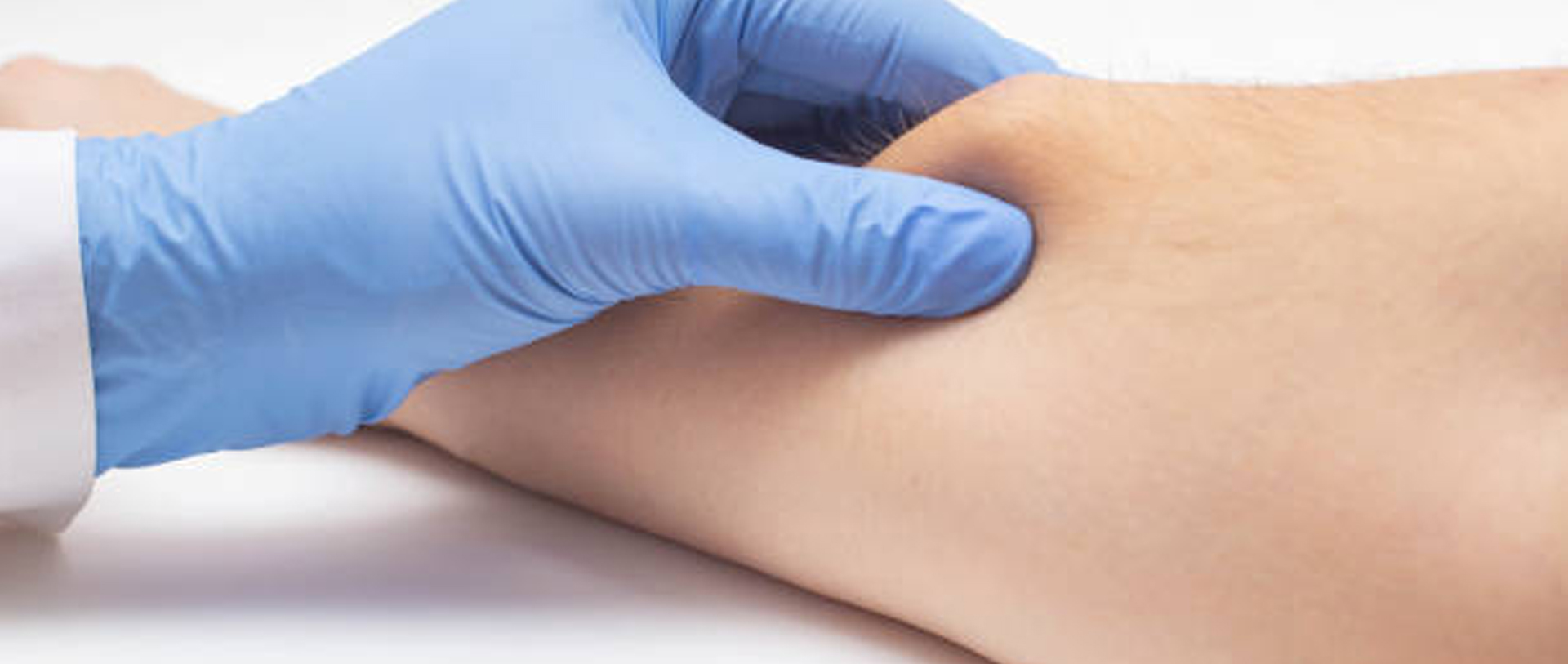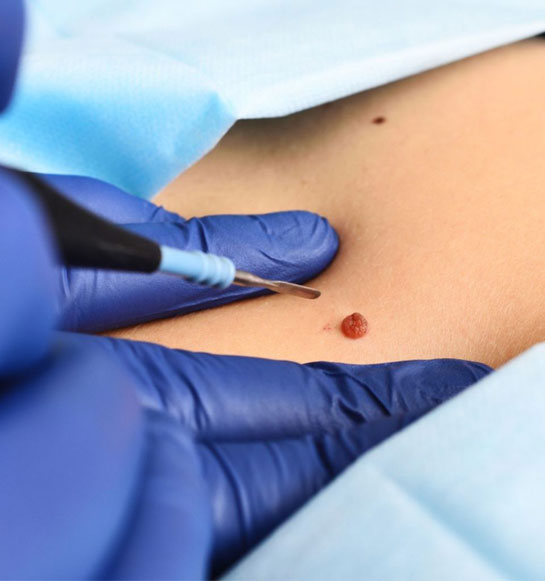
Benign growths and swellings
Plastic surgeons are often involved in the evaluation and treatment of various benign growths and swellings that affect the skin, soft tissues, and underlying structures. While the management of benign growths and swellings may also involve other specialists like dermatologists or general surgeons, plastic surgeons can provide expertise in their evaluation, diagnosis, and treatment.
benign growths and swellings that plastic surgeons commonly address:
Lipomas: Lipomas are benign tumors composed of fat cells that can develop under the skin. Plastic surgeons can excise lipomas, typically through a small incision, to remove them and improve cosmetic appearance if desired.
Dermoid Cysts: Dermoid cysts are developmental abnormalities that can contain various types of tissues, including hair, skin, and sometimes even teeth. Plastic surgeons can perform surgical excision of dermoid cysts to completely remove them and prevent complications or recurrence.
Sebaceous Cysts: Sebaceous cysts are closed sacs filled with a cheese-like substance that develops beneath the skin. Plastic surgeons can excise sebaceous cysts and their associated sac to ensure complete removal and reduce the risk of recurrence.
Neurofibromas: Neurofibromas are benign nerve sheath tumors that can develop on or under the skin. Plastic surgeons can remove neurofibromas surgically, especially if they cause discomfort, become cosmetically bothersome, or pose a risk of malignant transformation.
Ganglions: Ganglions are noncancerous cystic swellings that usually arise from the joints or tendons, commonly seen in the wrists or hands. Plastic surgeons can aspirate or excise ganglions to alleviate symptoms and reduce the chances of recurrence.
Hemangiomas: Hemangiomas are benign vascular tumors that typically appear during infancy or early childhood. Plastic surgeons may manage hemangiomas with a combination of medical interventions, laser therapy, or surgical excision, depending on the size, location, and severity of the hemangioma.
Lymphangiomas: Lymphangiomas are malformations of the lymphatic system that can cause abnormal fluid-filled cystic swellings. Plastic surgeons can manage lymphangiomas through surgical excision, sclerotherapy, or other specialized techniques to alleviate symptoms and prevent complications.
It’s important to note that the specific management of benign growths and swellings depends on the individual case, including factors such as the size, location, and symptoms associated with the growth. Plastic surgeons with expertise in the diagnosis and treatment of these conditions can provide a thorough evaluation, discuss the available options, and recommend the most appropriate course of action for each patient.
If you have a benign growth or swelling that you would like to address, I recommend scheduling a consultation with a qualified plastic surgeon. They can evaluate your specific condition, discuss the treatment options, and develop a personalized plan to address your concerns and achieve optimal outcomes.


Benign growths and swellings – Frequently Asked Questions
What are benign growths and swellings?
Benign growths and swellings refer to non-cancerous tumors or enlargements that occur in various tissues of the body. These can include lipomas (benign fatty tumors), sebaceous cysts, ganglions, neurofibromas, hemangiomas, and other similar conditions.
When should I see a plastic surgeon for a benign growth or swelling?
It is advisable to see a plastic surgeon if you notice a new or changing growth or swelling that is causing discomfort, interfering with normal function, or affecting your appearance. A plastic surgeon can evaluate the condition, provide a diagnosis, and recommend appropriate treatment options.
What is the role of a plastic surgeon in the management of benign growths and swellings?
Plastic surgeons are skilled in the evaluation, diagnosis, and surgical treatment of benign growths and swellings. They can assess the nature of the growth or swelling, determine if it requires removal or further evaluation, and perform surgical excision or other procedures as necessary to address the condition.
How are benign growths and swellings diagnosed?
The diagnosis of benign growths and swellings typically involves a physical examination by a plastic surgeon. In some cases, additional tests such as imaging studies (ultrasound, MRI, etc.) or a biopsy may be necessary to confirm the diagnosis and rule out any malignant (cancerous) changes.
What are the treatment options for benign growths and swellings?
The treatment options for benign growths and swellings depend on the specific condition, its location, size, symptoms, and individual patient factors. In many cases, surgical excision is the preferred treatment, which involves removing the growth or swelling under local or general anesthesia. Other treatment options may include aspiration (draining fluid-filled swellings), medication, or non-surgical management in certain cases.
Is surgery the only option for removing benign growths and swellings?
Surgery is a common and effective treatment option for many benign growths and swellings. However, the necessity of surgery depends on the specific condition and the individual patient’s circumstances. In some cases, non-surgical interventions or watchful waiting may be appropriate. A plastic surgeon can provide guidance on the most suitable treatment approach for each case.
What is the recovery process after surgical removal of benign growths and swellings?
The recovery process after surgical removal of benign growths and swellings varies depending on the size, location, and complexity of the procedure. In general, patients can expect some discomfort, swelling, and bruising at the surgical site, which will gradually subside over time. The plastic surgeon will provide specific post-operative care instructions, including wound care, activity restrictions, and follow-up appointments.
Are there risks or complications associated with surgical removal of benign growths and swellings?
As with any surgical procedure, there are risks and potential complications associated with the removal of benign growths and swellings. These can include infection, bleeding, scarring, wound healing issues, nerve injury, or cosmetic dissatisfaction. It is important to discuss potential risks and complications with your plastic surgeon before undergoing any surgical procedure.
